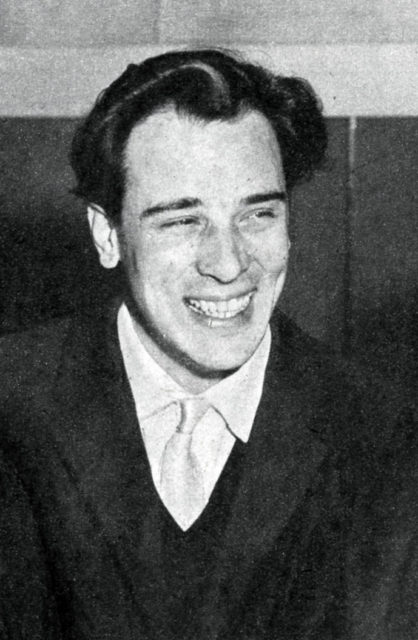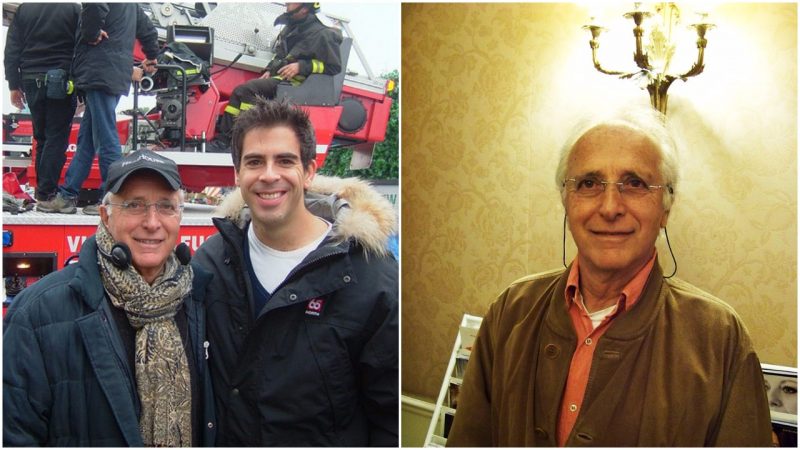The Enduring Controversy of Cannibal Holocaust: Exploitation, Ethnography, and the Legacy of a Surprising Movie
Associated Articles: The Enduring Controversy of Cannibal Holocaust: Exploitation, Ethnography, and the Legacy of a Surprising Movie
Introduction
With nice pleasure, we’ll discover the intriguing matter associated to The Enduring Controversy of Cannibal Holocaust: Exploitation, Ethnography, and the Legacy of a Surprising Movie. Let’s weave attention-grabbing info and supply contemporary views to the readers.
Desk of Content material
The Enduring Controversy of Cannibal Holocaust: Exploitation, Ethnography, and the Legacy of a Surprising Movie

Ruggero Deodato’s 1980 movie Cannibal Holocaust stays probably the most notorious and controversial motion pictures ever made. Its graphic depictions of violence, significantly the simulated killings of animals and the implication of human sacrifice, led to its rapid banning in quite a few nations and a protracted authorized battle surrounding its authenticity. Even right this moment, its legacy is a posh tapestry woven from accusations of exploitation, real inventive advantage, and an enduring influence on the horror style and discussions surrounding illustration and moral filmmaking.
The movie purports to doc the investigation right into a lacking movie crew within the Amazon rainforest. A professor, Harold Monroe (Robert Kerman), is tasked with discovering the 4 filmmakers who vanished whereas taking pictures a documentary about indigenous tribes. As Monroe items collectively their footage, interspersed together with his personal investigation, the viewers is subjected to more and more brutal and disturbing scenes. These embody graphic depictions of cannibalism, torture, rape, and the brutal homicide of animals. The movie’s realism, achieved by way of its gritty cinematography and the usage of non-professional actors, additional amplifies its surprising influence.
The controversy surrounding Cannibal Holocaust is multifaceted. Essentially the most rapid and visceral response stems from its graphic violence. The simulated killings of animals, particularly, precipitated widespread outrage and accusations of animal cruelty. Whereas Deodato vehemently denied the precise killing of animals, the realism of the depictions stays deeply disturbing, resulting in ongoing debate concerning the moral boundaries of filmmaking. The movie’s portrayal of indigenous peoples additionally sparked intense criticism. The depiction of their rituals and practices, even when offered inside the context of a found-footage narrative, was accused of perpetuating dangerous stereotypes and contributing to the exoticization and othering of indigenous cultures. This facet of the movie resonates significantly strongly within the up to date context of elevated consciousness of cultural sensitivity and illustration.
Nonetheless, to dismiss Cannibal Holocaust solely as an exploitative piece of gore is to disregard the complexities of its narrative and its potential for deeper interpretation. Whereas undoubtedly surprising, the movie will also be considered as a critique of exploitation itself, each when it comes to the exploitation of indigenous cultures and the exploitation of audiences by the movie trade. The narrative construction, the framing gadget of the investigation, invitations viewers to query the character of fact and the moral implications of documenting violence, even for ostensibly inventive functions. The movie’s ambiguity concerning the authenticity of the discovered footage additional complicates this, forcing the viewers to confront the uncomfortable chance that what they’re witnessing is actual, or not less than a disturbingly life like simulation.
Moreover, Cannibal Holocaust will be analyzed by way of the lens of postmodern cinema. Its meta-narrative construction, blurring the traces between fiction and actuality, challenges conventional cinematic conventions and engages with the viewers’s expectations and perceptions of fact. The movie’s ambiguous ending, the place the professor seemingly joins the tribe, leaving the viewers with unresolved questions, additional contributes to this postmodern sensibility. This ambiguity, whereas unsettling, will be interpreted as a commentary on the problematic nature of anthropological research and the potential for misrepresentation and exploitation inherent within the act of observing and documenting different cultures.
The authorized battles surrounding the movie additional contributed to its notoriety. Following its launch, Deodato was arrested and charged with obscenity and the alleged homicide of animals. He was finally acquitted, however the authorized challenges and subsequent bans solely amplified the movie’s notoriety and fueled its cult following. The accusations of animal cruelty, even when confirmed false, completely stained the movie’s repute, contributing to its enduring standing as a taboo topic inside the cinematic panorama.
Regardless of the controversy, Cannibal Holocaust has had a major influence on the horror style. Its found-footage type has been extensively imitated, influencing numerous movies, together with The Blair Witch Venture and Paranormal Exercise. Its unflinching depiction of violence, though extremely controversial, additionally paved the best way for a extra graphic and life like method to horror filmmaking. The movie’s affect is simple, although its legacy stays a posh and infrequently uncomfortable one.
In conclusion, Cannibal Holocaust is a movie that refuses straightforward categorization. It’s concurrently a surprising and disturbing piece of exploitation cinema and a posh work that invitations essential engagement with themes of illustration, ethics, and the character of fact in filmmaking. Its graphic violence and controversial depictions of indigenous cultures stay deeply problematic, sparking ongoing debates concerning the moral boundaries of filmmaking and the accountability of filmmakers to painting different cultures with sensitivity and respect. Nonetheless, its revolutionary narrative construction, its ambiguous ending, and its lasting affect on the horror style can’t be ignored. Understanding Cannibal Holocaust requires grappling with its uncomfortable legacy and fascinating with the multifaceted responses it continues to elicit, making it a movie that is still each fascinating and deeply troubling many years after its launch. Its enduring controversy serves as a potent reminder of the ability of cinema to impress, problem, and power a essential examination of its personal moral implications. The movie continues to spark discussions concerning the limits of inventive expression, the illustration of violence, and the moral accountability of filmmakers to their topics and their audiences. It stays a vital, albeit deeply unsettling, case research within the complexities of filmmaking and its enduring influence on tradition and society. The questions it raises about exploitation, illustration, and the very nature of cinematic fact proceed to resonate, guaranteeing that Cannibal Holocaust stays a movie that’s each intensely debated and profoundly unforgettable.








Closure
Thus, we hope this text has supplied precious insights into The Enduring Controversy of Cannibal Holocaust: Exploitation, Ethnography, and the Legacy of a Surprising Movie. We thanks for taking the time to learn this text. See you in our subsequent article!

